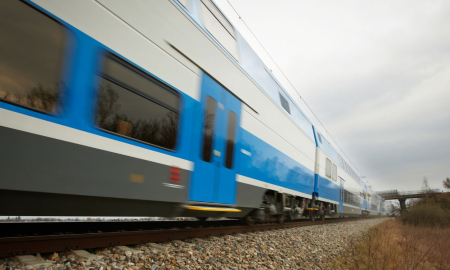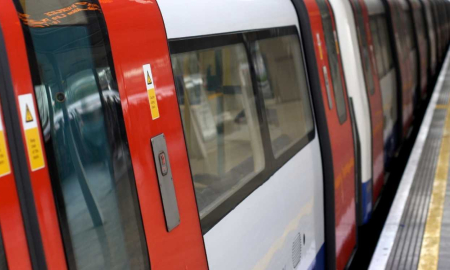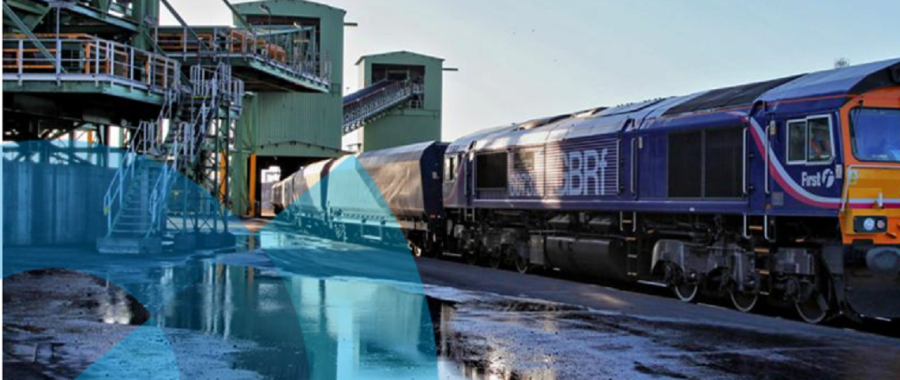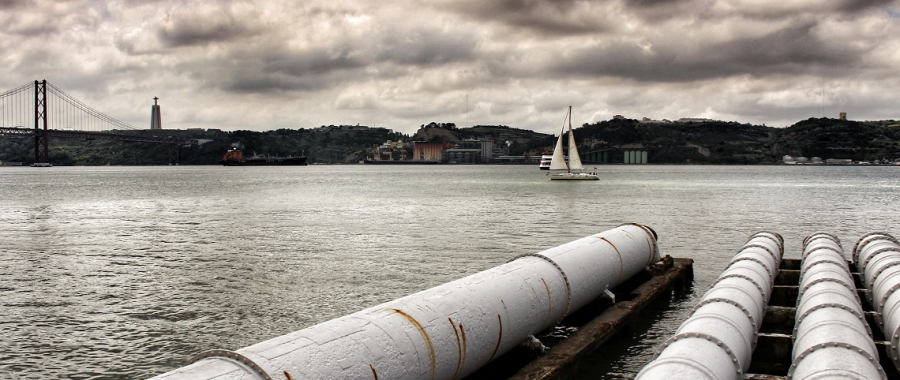Cleaning up Effluent in the Rail Sector
Jonathan Harries, SOCOTEC's technical manager for environmental monitoring, offers his top tips to help clean up the issue of effluent in the rail sector.
The challenge of effluent
Effluent is just as much of an issue for the rail industry as for any other industry sector. Contaminated with cleaning chemicals, fuel and lubricants from rolling stock maintenance and human waste from buildings and trains, this wastewater can pose a hazard to the environment, as well as to health and safety, if not properly treated.
Failure to handle this effluent appropriately is an offence under the Water Resources Act (1991), the Water Industries Act (1991) and the Environment Act (1995), in force in England and Wales. These prohibit the release of trade effluent into sewers or water courses without the formal consent of either the relevant water utility company, or the Environment Agency.
With the right systems in place, it is possible for organisations in the rail industry to go beyond compliance with legislation and also to minimise their impact on the environment and the general public even further. Here are my top tips to help clean up the issue of effluent:
Have the right infrastructure in place
Maintenance and servicing activities contribute to the majority of pollutants found in effluent from rail depots. These contaminants include oil and grease from engines, gearboxes and transmission systems in rail vehicles, detergents from cleaning rolling stock, as well as diesel fuel spilt during refueling.
Putting a dedicated drainage system in place in maintenance sheds, complete with collection sumps and interceptor systems, can ensure this effluent is properly contained and treated prior to discharge. Using drip trays and absorbent materials during train maintenance can also catch small spillages and minimise the risk of any contaminants entering the main drains.
Take care when cleaning
The exterior of trains are usually cleaned on a daily basis to remove day-to-day dirt which is unsightly for passengers. In addition, the undersides of rail vehicles are regularly cleaned to remove oil and debris which could pose a health risk to staff during maintenance or a fire risk while in use. Depot inspection pits and shed walkways are also cleaned regularly for health and safety reasons.
However, the chemicals used in these cleaning activities are often acidic or alkaline in nature and can be harmful to wildlife or cause problems when treating effluent. To help minimise the potential impact of these materials, organisations should make sure that all team members are trained to use the correct dosage and in the use of cleaning chemicals, together with the need to rinse off thoroughly with clean water afterwards.
Guard against contamination of surface drains
Surface water in depots includes drainage from roofs and tracks, as well as run-off from roadways after rainfall. Due to its nature, such water is normally uncontaminated, meaning it can be directed to drains with little or no treatment. However, there remains the possibility for surface water drains to become polluted through the accidental disposal of effluent in the wrong drainage system or incidents involving spillage of oils and other chemicals.
To reduce this risk, potential pollutants should be stored correctly, with drums stored on drip trays or in bunded areas away from surface water drains, while spill kits and drain blockers should be readily available to aid in the clean-up of any spillages. Team members should be trained to ensure they understand the necessity of all these precautions and to make sure they know how to use spill kits and how to dispose of pollutants safely.
Have the right treatment in place
As part of a rail organisation’s consent to discharge, any effluent released from depots must meet set quality standards, including, amongst others, pH and Total Petroleum Hydrocarbon (TPH) levels, as well as Suspended Solids (SS) and Chemical Oxygen Demand (COD) limits. Failure to meet these consent limits prior to discharging effluent is a legal offence.
In addition to controlling the dosage, use and disposal of chemicals and oils on site, organisations should ensure that the right technologies are in place to treat the effluent on site and minimise the level of contamination in the discharge.
Passing effluent through interceptors using either gravity fed or pumped separation methods for example, can help reduce free oil and suspended solids levels until it is within permitted limits. Neutralisers can also be used, where appropriate, to reduce the acidity or alkalinity of effluents arising from cleaning activities.
Get the right consent
It is vital that rail organisations have the appropriate consent documents in place for all of their sites to ensure legal compliance. While, on occasion, a sewage undertaker will issue a consent to discharge covering an entire site, separate consents are normally issued for each distinct discharge point at a facility.
Auditing the site’s drainage system to identify all potential discharge points before seeking consents can help ensure the facility meets legal requirements. Organisations should also consider all possible effluent scenarios on the site, ranging from the cleaning of vehicles to everyday servicing and maintenance activities. They should also make allowance for the disposal of water used off-site, such as in carriage tanking, together with allowances for domestic and non-trade effluent use. This will help ensure the volume discharged limits specified in their consents to discharge are correct and appropriate for their particular operations.
Seeking guidance
Producing effluent is unavoidable, not just for the rail sector, but for every industry. The discharge of contaminated water into the environment is not just expensive for the organisations involved, but has the potential to have a significant negative effect on wildlife and the public’s perception of the organisation in question.
Having the right training in place for employees at maintenance depots, and installing technology on site to treat effluent prior to discharge, can help organisations minimise the risk of water contamination. This can go a long way towards helping the rail sector meet legal requirements and reduce their impact on the environment. To make sure the right procedures are in place, organisations should, as always, seek advice from environmental experts.






Add new comment